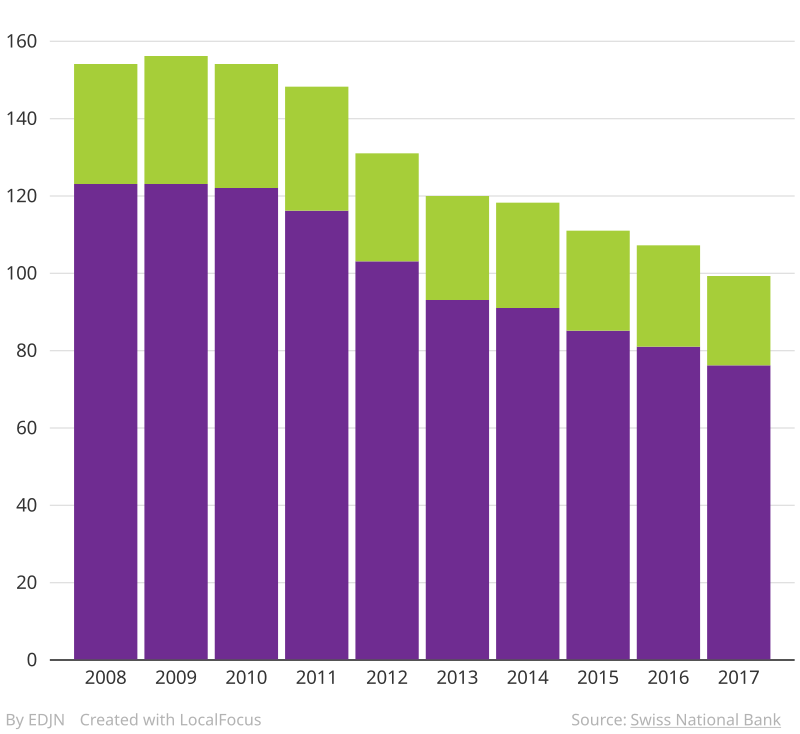Exploring Opportunities for Foreign Banks in Canada's Financial Sector

In a recent webinar hosted by the law firm Mayer Brown, industry experts gathered to discuss the expansive opportunities available for foreign banks looking to engage in the Canadian financial sector. The event, featuring prominent speakers including Matthew Bisanz and Eli Monas, highlighted the regulatory landscape and potential for collaboration among foreign financial institutions in Canada.
Foreign banks have been permitted to establish subsidiaries in Canada since the 1980s, creating a robust framework for international financial interactions. According to the Office of the Superintendent of Financial Institutions (OSFI), over $110 billion in assets are held in Canadian bank subsidiaries and branches operated by U.S. banks alone (OSFI, 2023). As one of the United States' largest trading partners, with goods and services exceeding $2.5 billion crossing the border daily, Canada presents an attractive market for foreign investors.
The Canadian banking system, characterized by its strong regulatory framework, treats domestic and foreign banks equally, addressing concerns that foreign entities may be unwelcome. Dr. Jennifer Collins, a financial economist at the University of Toronto, stated, "The perception that foreign banks face barriers in Canada is outdated; current regulations ensure parity in treatment regardless of ownership" (Collins, 2023).
Despite these opportunities, there are persistent misconceptions regarding foreign ownership and market access. According to a report published by the Canadian Bankers Association (CBA) in 2023, foreign banks contribute significantly to the financial ecosystem, enhancing competition and offering diverse products to consumers (CBA, 2023).
The webinar also examined the potential for U.S. and other foreign banks to leverage Canada’s abundant natural resources and thriving economy. The Canadian government has actively encouraged foreign investments, particularly in key sectors such as energy and technology, which can benefit from the financial services offered by foreign banks. Matthew Bisanz emphasized this point, noting, "Canada’s regulatory environment is conducive to foreign investment, allowing for more innovative financial products tailored to the needs of Canadian consumers" (Bisanz, 2025).
In addition, the discussion outlined future projections for the Canadian banking sector, particularly in light of technological advancements and the digitalization of financial services. The rise of fintech companies has revolutionized traditional banking operations, prompting established banks to adapt and innovate. According to the World Bank’s 2023 report on global banking trends, digital banking is expected to continue its rapid expansion in Canada, providing further opportunities for foreign banks to enter the market (World Bank, 2023).
In conclusion, the recent Mayer Brown webinar shed light on the significant opportunities for foreign banks in Canada’s financial sector. While historical perceptions of barriers persist, the current regulatory environment promotes inclusivity and growth. As the landscape evolves with technological advancements, foreign banks are well-positioned to capitalize on the favorable conditions within Canada, ultimately benefiting both the financial institutions and Canadian consumers alike. The ongoing dialogue among industry leaders, regulators, and academics will be crucial in shaping the future of banking in Canada and ensuring that it remains an attractive destination for foreign investment.
### Sources: 1. Office of the Superintendent of Financial Institutions (OSFI). (2023). Annual Report. 2. Canadian Bankers Association (CBA). (2023). The Role of Foreign Banks in Canada. 3. Dr. Jennifer Collins, Professor of Finance, University of Toronto. (2023). Interview on Canadian Banking Regulations. 4. Matthew Bisanz, Partner at Mayer Brown. (2025). Webinar on Foreign Bank Opportunities in Canada. 5. World Bank. (2023). Global Banking Trends Report.
Advertisement
Tags
Advertisement





